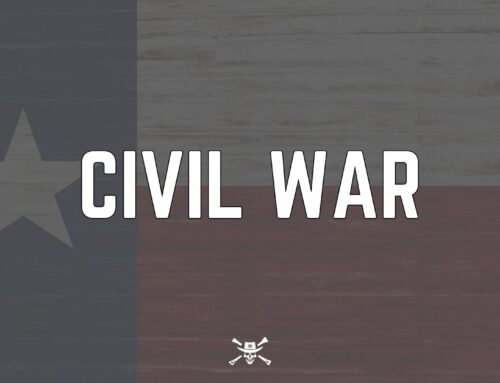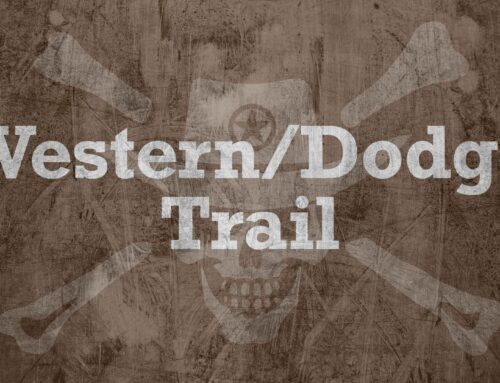The Second Battle of Sabine Pass: A Remarkable Confederate Victory (September 8, 1863)
Introduction
The Second Battle of Sabine Pass, fought on September 8, 1863, was a remarkable Confederate victory during the American Civil War. This battle took place at Sabine Pass, Texas, where a small Confederate force successfully defended against a much larger Union naval and land assault. The battle demonstrated the effectiveness of prepared defenses and the determination of the Confederate defenders.
Background of the Battle
Strategic Importance of Sabine Pass
Sabine Pass, located on the border between Texas and Louisiana, was a crucial point of entry for the Confederacy. The pass allowed for the transport of goods and supplies to and from the Gulf of Mexico. Control of this waterway was vital for both the Union and the Confederacy, as it could significantly impact the supply lines and strategic positioning in the region.
Union Strategy and Objectives
In 1863, the Union sought to tighten its blockade of Confederate ports as part of the Anaconda Plan. Sabine Pass was a key target in this strategy. Union forces aimed to seize control of the pass, thereby gaining access to the interior of Texas and disrupting Confederate supply lines. The plan involved a combined naval and land assault to overwhelm the Confederate defenses.
Preparations and Mobilization
Union Forces and Leadership
The Union forces involved in the Second Battle of Sabine Pass were commanded by Major General William B. Franklin. The operation included four gunboats (USS Clifton, USS Sachem, USS Arizona, and USS Granite City), as well as transports carrying approximately 5,000 troops. The plan was to use the gunboats to neutralize the Confederate defenses and then land troops to secure the area.
Confederate Forces and Strategy
The Confederate defenders at Sabine Pass were under the command of Lieutenant Richard W. Dowling and consisted of 46 men from the Davis Guards. They were stationed at Fort Griffin, which was equipped with six cannons. Dowling’s strategy relied on the fort’s strong defensive position and the element of surprise to repel the Union attack.
The Day of the Battle: September 8, 1863
Initial Naval Engagement
On the morning of September 8, 1863, the Union gunboats began their approach to Sabine Pass. The Confederate defenders, aware of the impending attack, prepared their artillery and awaited the Union assault. The Union gunboats commenced their bombardment of Fort Griffin, attempting to silence the Confederate cannons.
Confederate Resistance
Despite being heavily outnumbered and outgunned, the Confederate defenders put up a determined resistance. Lieutenant Dowling and his men utilized their knowledge of the terrain and their well-placed artillery to inflict significant damage on the Union gunboats. The narrow and shallow waters of the pass also hampered the Union’s maneuverability.
The Turning Point
As the Union gunboats advanced, they came under heavy fire from the Confederate artillery. The USS Clifton and USS Sachem were both hit and disabled, with the Clifton running aground and the Sachem suffering critical damage. The other Union vessels, seeing the fate of the Clifton and Sachem, began to withdraw. The Union troops, still aboard the transports, were never landed.
The Aftermath of the Battle
Union Casualties and Withdrawal
The Union forces, unable to break through the Confederate defenses and suffering from significant damage to their vessels, decided to withdraw. The Clifton and Sachem were captured by the Confederates, along with their crews. Union casualties included several sailors killed or wounded during the engagement, and approximately 350 prisoners were taken by the Confederates.
Confederate Victory and Impact
The Confederate victory at Sabine Pass was a significant morale booster for the South. Despite being heavily outnumbered and outgunned, the Confederate defenders successfully repelled the Union assault, maintaining control over the strategic waterway. The battle demonstrated the effectiveness of well-prepared defenses and the determination of the Confederate forces.
Strategic Impact
The Union’s failure to secure Sabine Pass meant that the Confederacy retained an important supply line and point of entry. The battle also delayed Union plans to advance into Texas, allowing the Confederacy more time to fortify and prepare for future engagements in the region.
Legacy and Commemoration
The Second Battle of Sabine Pass is remembered as a testament to the resilience and determination of the Confederate defenders. The battle is commemorated through historical markers, reenactments, and educational programs, highlighting its significance in the broader context of the Civil War.
Legacy of the Second Battle of Sabine Pass
Historical Significance
The Second Battle of Sabine Pass holds a significant place in the history of the Civil War. It marked a key engagement in the Union’s efforts to blockade Southern ports and disrupt Confederate supply lines. The battle demonstrated the challenges faced by Union forces in navigating and controlling strategic waterways.
Cultural Impact
The legacy of the Second Battle of Sabine Pass is deeply ingrained in Southern culture. The courage and determination of the Confederate defenders are celebrated in folklore, literature, and popular culture. The battle serves as a symbol of the South’s resistance and the strategic importance of coastal defenses.
Modern Reflections
Today, the Second Battle of Sabine Pass is viewed with a sense of historical pride and reflection. It serves as a reminder of the challenges and sacrifices faced by both sides during the Civil War. The battle’s legacy is honored through education, preservation, and public commemoration.
Conclusion
The Second Battle of Sabine Pass, fought on September 8, 1863, was a remarkable Confederate victory during the American Civil War. Despite being heavily outnumbered, the Confederate defenders successfully repelled a Union naval and land assault, maintaining control over the strategic waterway. The battle demonstrated the effectiveness of prepared defenses and the determination of the Confederate forces.
By exploring the history and impact of the Second Battle of Sabine Pass, we gain a deeper appreciation for the courage and resilience of those who fought in the Civil War. The story of this battle underscores the importance of strategic planning, leadership, and the enduring spirit of determination that continues to define American history.





